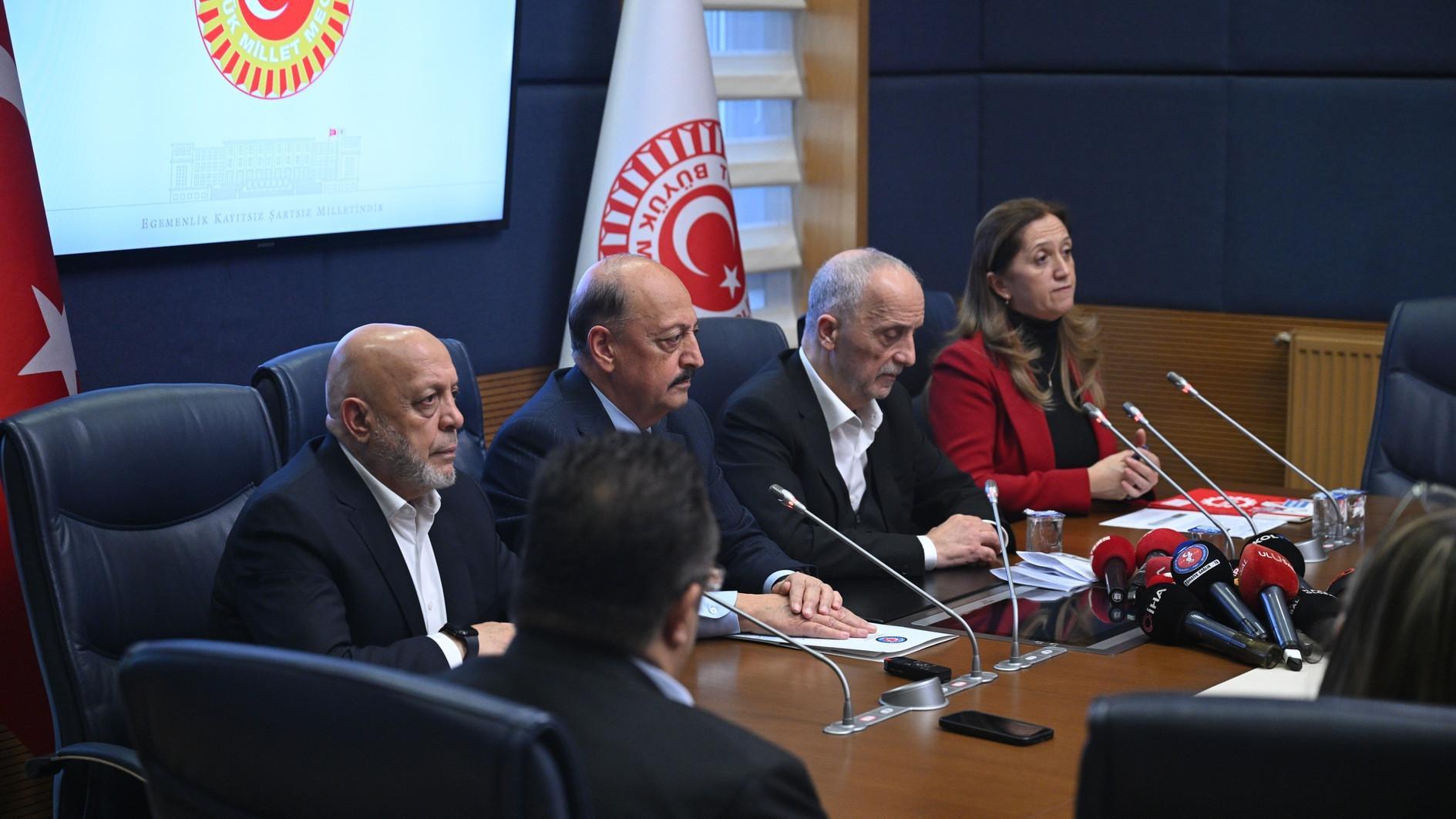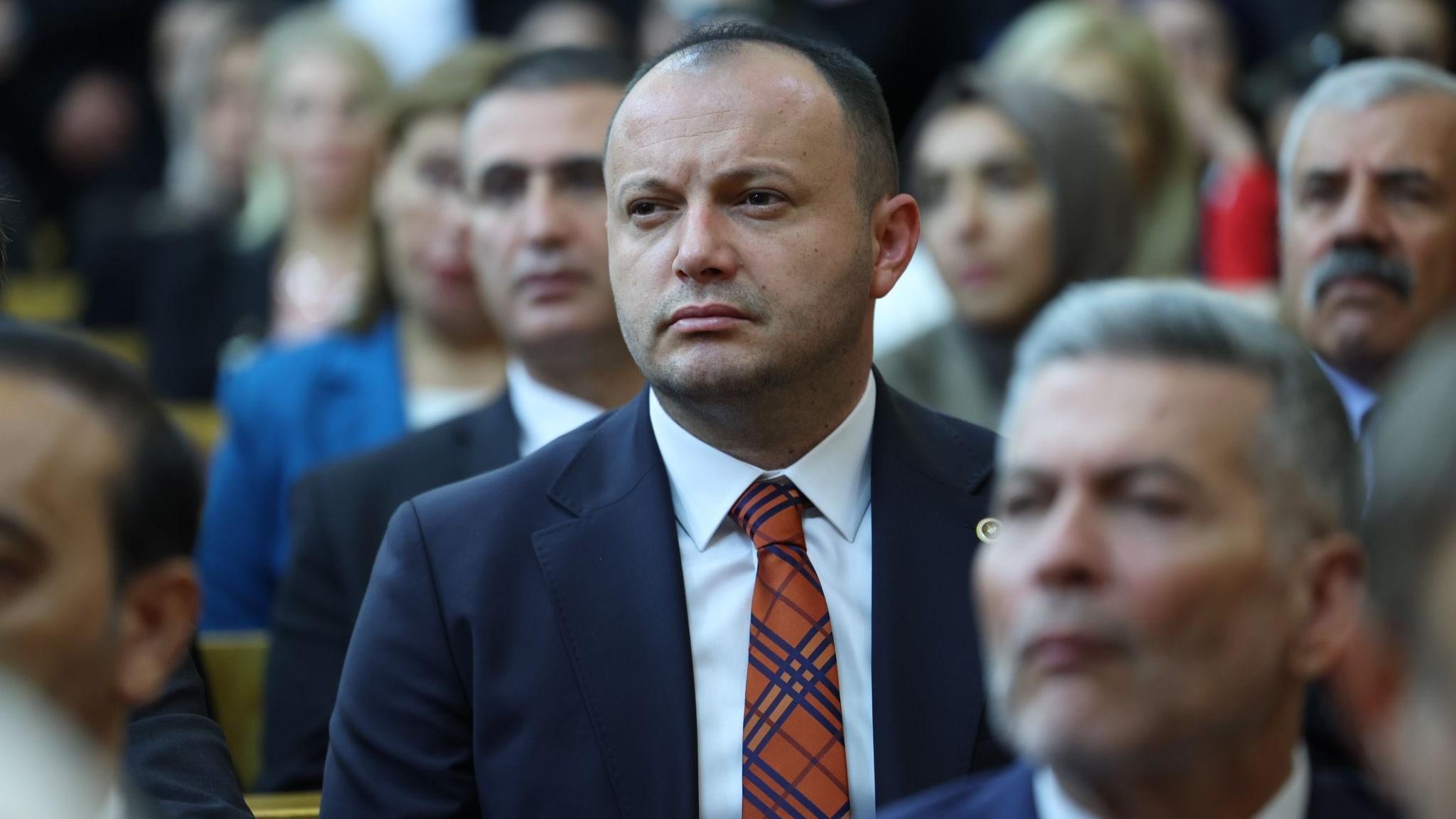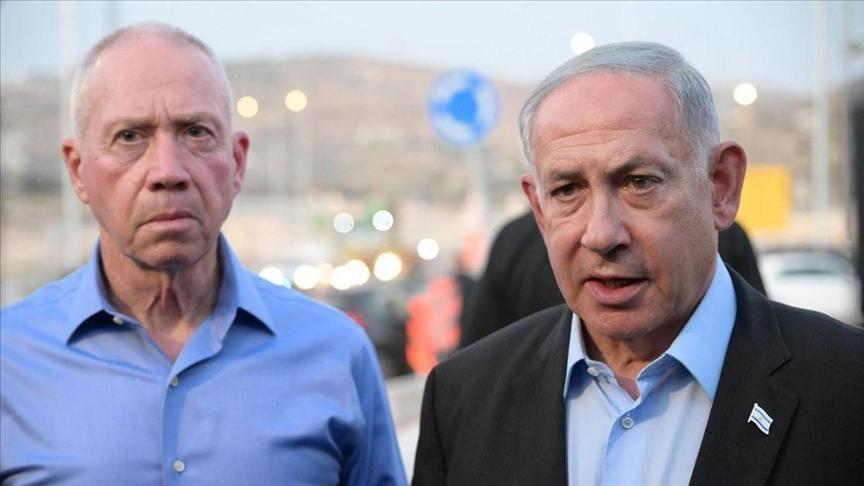Chief executive of GM quits on Obama request
Bloomberg
General Motors Chief Executive Officer Rick Wagoner was forced out after U.S. President Barack Obama’s task force decided he was unable to craft a plan to save the automaker he ran for more than eight years.Wagoner, 56, said he agreed to an administration request to leave. Chief Operating Officer Fritz Henderson will become CEO and director Kent Kresa will succeed Wagoner as chairman. GM had been seeking as much as $16.6 billion in new U.S. loans after an initial installment of $13.4 billion.
"It’s very hard for the government to write a big check without giving some evidence of change," said John Casesa, managing partner at consulting firm Casesa Shapiro Group. "This will also give the government moral authority with the other stakeholders to make them sacrifice."
Wagoner became a symbol of the failing U.S. auto industry in recent months after flying to Washington via corporate jet to ask for aid. Since taking over in 2000, he presided over $82 billion in losses during the past four years and yielded GM’s title as the world’s top-selling carmaker to Toyota Motor.
His exit caps an unsuccessful five-month push to win U.S. aid without losing his job. Forced to work for $1 a year and cede most of his corporate perks, he had said he wouldn’t resign unless compelled. On March 27, 129 days after Congress’s first hearing on the future of GM, he got that call.
Washington meeting
"On Friday I was in Washington for a meeting with administration officials," Wagoner said in a statement. "In the course of that meeting, they requested that I ’step aside’ as CEO of GM, and so I have."
Henderson, 49, was tapped by Wagoner to become chief operating officer a year ago after serving as chief financial officer. He previously ran GM’s operations in Asia and Europe.
Obama yesterdaş was expected to give GM 60 days to devise a plan that cuts deeper and makes more changes.
"The bailout loans aren’t hugely popular and that’s creating an issue for Obama," said Jeremy Anwyl, CEO of Edmunds.com, which tracks vehicle pricing and consumer behavior. "One way to make the loans more palatable is to be able to say the person responsible is no longer with GM."
GM had said it will shed 47,000 jobs globally in 2009 and plans to close five assembly plants. Executives said the Detroit-based automaker will focus on four U.S. brands, down from eight, and eliminate thousands of dealers.
Wagoner oversaw those plans to meet the terms of the rescue unveiled on Dec. 19 by then-President George W. Bush, after Congress balked at a bailout for GM and Chrysler LLC. CEO Robert Nardelli will stay at Chrysler and must complete a planned alliance with Fiat within 30 days, an Obama administration official said.
Obama’s task force pointed to GM’s failure to win concessions from bondholders, a step needed to cut the automaker’s debt and ensure future viability, as one reason the government needed a new plan.
GM’s latest debt exchange offer, made March 24, wasn’t likely to win bondholders’ approval because it’s less lucrative than the terms the U.S. required for the company to keep the first $13.4 billion in loans, a person briefed on the talks said. The bondholders didn’t seek Wagoner’s dismissal, the person said.
The government will push for even deeper cuts in debt now, the administration official said.
GM tumbled 87 percent in New York Stock Exchange composite trading last year, the most among the 30 stocks in the Dow Jones Industrial Average. The shares gained 21 cents, or 6.2 percent, to $3.21 on March 27, extending a 66 percent rally since GM said
March 12 that it wouldn’t need a $2 billion payment by today to survive as originally forecast.
Wagoner joined GM in 1977, as U.S. automakers were fending off Japanese competitors that recognized a decade earlier that they would need to build fuel-efficient vehicles.
As CEO, he initially bet against gasoline-electric hybrid vehicles, focusing research on hydrogen technology while keeping the current lineup centered on pickups and sport-utility vehicles. GM offered its first full-scale hybrids in 2007, a decade after Toyota’s Prius debuted. He pressed for development of the Volt plug-in electric car when gasoline prices soared.
He used the purchase of South Korea’s Daewoo Motor to expand GM’s overseas sales 51 percent to 5.5 million cars and trucks by 2007. That same year, he wrung concessions from labor unions, including cutting wages in half for new hires and offloading retiree health care to a union-run trust by 2010.
In 2006, Wagoner fended off billionaire Kirk Kerkorian’s push for an alliance with Renault and Nissan Motor.
"Maybe you can fault him for being too cautious," Edmunds.com’s Anwyl said. "The real need for the loans is because the economy has fallen so much, which no one anticipated."
















